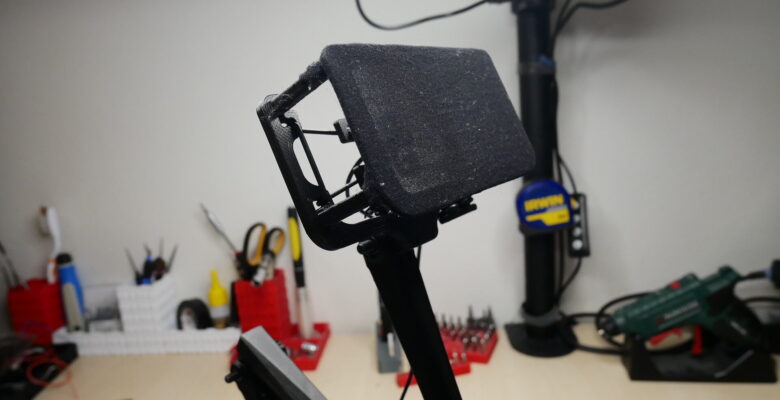I’ve discovered that even relatively cheap lavalier microphones can provide a surprisingly decent audio. Using some 3D printing, I’ve converted a lavalier mic into a desk microphone with stand, shock mount and pop filter.
So basically, you take a lavalier microphone and you 3D print this stand, which allows you to place the microphone directly in front of your mouth (the nose should almost touch the top of the pop filter). With that setup, you can get quite usable audio for very cheap. I tested Boya BY-M1 (15 USD) and Boya BY-M1 Pro (20 USD) lavalier microphones.
The thing looks like this:
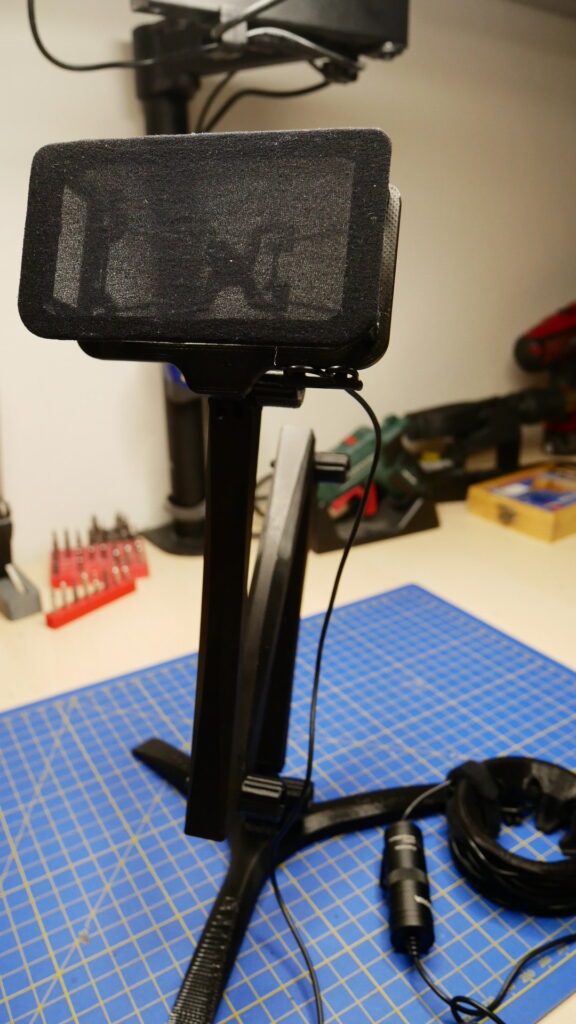

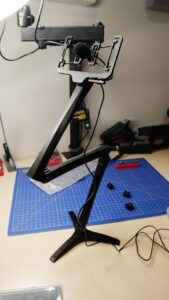

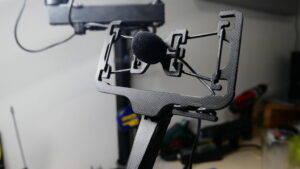

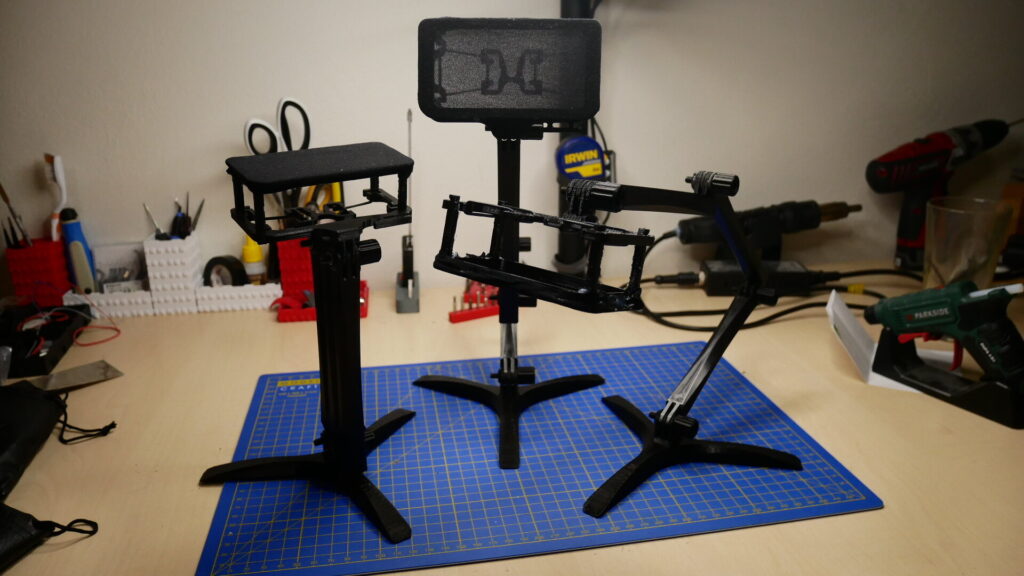
How it sounds like
All audio samples are raw, without any effects applied. My USB audio interface is Steinberg UR44. Now to make the microphones work with the interface, I had to use a special cable to correctly connect the TRRS jack connector, simple Jack 6,3 to 3,5 mm won’t work. You also have to have the microphone turned on/in the “Camera” mode.
BY-M1 Pro | USB Interface
The best I got from the lav mic + stand combo.
After after a little bit of EQ:
AT2020 | USB Interface
Reference recording on a more proper microphone for comparison.
BY-M1 Pro | USB Interface | Without pop filter
This is how it would sound without the pop filter.
BY-M1 Pro | Internal audio interface
This is how it sounds on my mobo integrated audio card. There’s some noise, but otherwise still usable.
BY-M1 (non-pro) | USB Interface
This is how the cheaper non-pro lav mic sounds. The quality is still there, but the signal is probably too strong for the mic electronics and it gets distorted when you’re yelling at in from a few centimeters.
BY-M1 (non-pro) | USB Interface | Not so loudly
However when you don’t speak so loudly, the audio is okay:
At first, I bought the non-pro version, and when I heard the cropping, I’ve bought the pro version because it has a “-10 dB” switch that I expected would prevent the cropping. Turns out the Pro version works fine even on the “+0 dB”. Heh. Anyway I recommend getting the Pro version for the few extra bucks.
BY-M1 (non-pro) | Smartphone | Without pop filter
I’ve also tried the setup on my Redmi Note smartphone and well, it was not good.
Yenkee YMC 1020GY | USB Interface
And for comparison against something in the similar price category, the following audio sample was recorded on Yenkee YMC 1020GY (15 USD).
Build instructions
You’ll need:
- A lavalier microphone (for example Boya BY-M1 Pro).
- 4× M5 screw (at least 20 mm length, hex head recommended).
- 4× M5 nut.
- Some rubbery stuff for the shock mount (I use two 28 mm diameter, 2 mm thickness o rings).
- Something for the shock filter cover (I use black pantyhose).
Parts to 3D print:
- Lav mic shock mount with pop filter (my design).
- From Modular mounting system I recommend:
- 1× Arm 150 straight.
- 1× Arm 150 male angle.
- 1× Arm 150 male angle mirrored.
- 4× Knob for nut.
- Larger base for Modular mounting system (my design, alternatively you can use the smaller base in the MMS).
- For the Boya mics, I’d also recommend my Cable spool for cable management.
And that’s it, you just put it together. Everything is a supportless print. For the pop filter, the best way I’ve found is to apply some hot glue on the back of the pop filter mount and then press the pantyhose over it, as demonstrated in the video below.
Also check out my studio microphone shock mount with pop filter.
